History
Originally, the site formed part of the monastic estate of the old "Abbey of Cumbe", a Cistercian House founded in 1150.
The Abbey was built in a secluded wooded valley south of the village of Lower Smite and dedicated to the Blessed Virgin.
Between its foundation and when it ended as a victim of the dissolution of the monasteries in 1539, the Abbey was mainly involved in producing wool. In 1581 Sir John Harrington purchased the abbey and in 1603 he was given charge of Princess Elizabeth, daughter of King James I, to educate and bring up at Coombe Abbey. She was to live at Coombe for next five years, during which time she figured greatly in the plans of the Gunpowder Plotters who tried to kidnap her from the house.
The Abbey passed to the Craven family in 1622 when it was bought by the mother of Sir William Craven from Lucy Harrington and remained in the family for over 300 years.
The Abbey passed through a succession of Barons and Earls until 1921 when, following the death of the 4th Baron of Craven, who was accidentally drowned whilst yachting, the house and estate were put up for sale by his widow. It was bought by a group of businessmen who resold it in various lots. Coombe Abbey and its grounds were bought by Mr John Gray in 1963; the house passed in to the hands of the Walpole-Brown family who eventually decided to sell the Abbey.
In November 1964, the Council bought the Abbey and 150 acres of surrounding land for £36,000. Restoration work was carried out and Coombe Abbey Park was finally opened to the public in 1966.
The main building has now been restored and reopened in 1995 as a 64 bedroomed "No Ordinary Hotel". Restoration of the stables now known as the Abbey Gate, created a superior banqueting suite which houses Mediaeval banquets.


